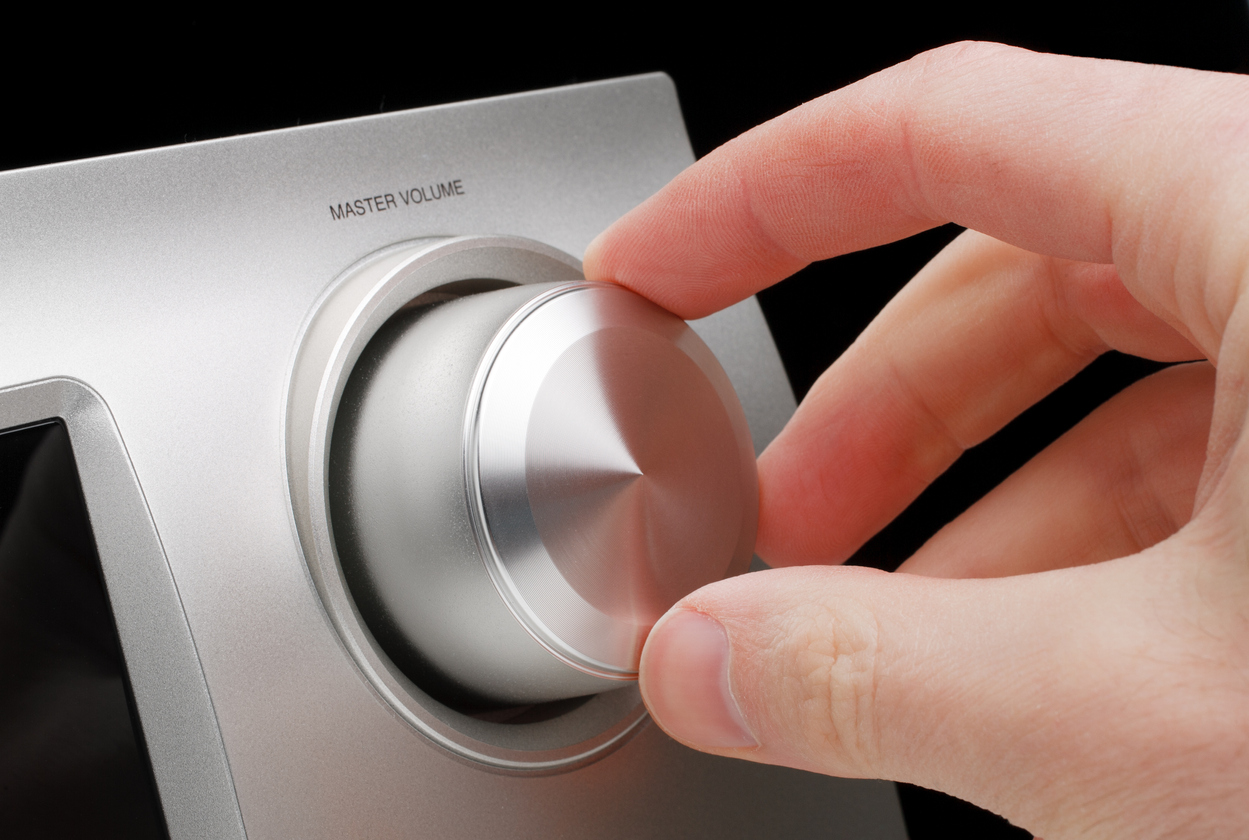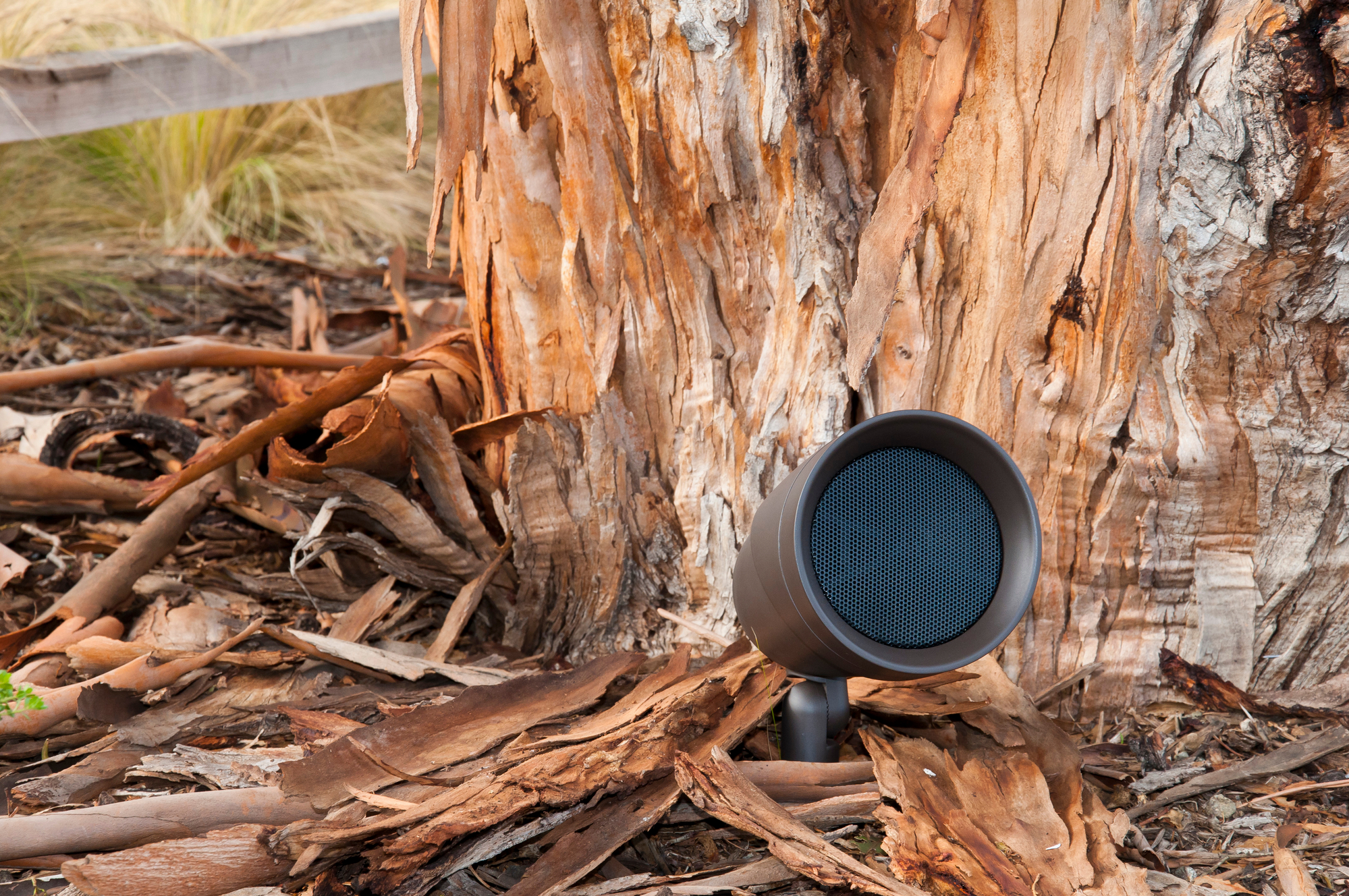What to look for in a Home Theater Receiver
Are you looking for a home theater receiver? The good news is that you don’t have to search alone – our team members here at AV Design Consultants are always ready to help you.
Before you give us a call, let’s take a look at what you should keep in mind when looking for a new home-theater receiver, as well as all of the benefits one can bring to your home theater.
First Things First
We need to start with a plan for equipment and location. This will help us when planning connections, cabling, cabinets, and more. This receiver will have inputs -- devices like Apple TV, Blu-ray players, or gaming systems -- and outputs such as your TV or projector and speakers.
When looking at models of receivers, it’s also important to know what your home-theater needs are. A home theater can consist of as few as three speaker and as many as 15 speakers. At a minimum, you would have three speakers: left, right and a subwoofer. Figuring out how many speakers you want to use will help you identify a suitable receiver model. Just make sure the receiver has as many, or more, channels than you require!
… And Power …
You will also want to make sure to note the power of the receiver. You’ll want to find the power as listed per channel. Often times, home-theater receivers are promoted as having 1000 Watts, but this isn’t their per-channel wattage, this is the total power and really ends up being less per channel/speaker. So, when comparing models, the more watts per channel usually corresponds to a better, and potentially louder, listening experience.

Other Theater Options
There are times when limiting the options you get on a high-end receiver can be beneficial for your wallet. High-end receivers also offer at least two HDMI display outputs. So, if you also have a projector and screen in that room, you’ll be able to easily swap between the two, creating two different watching experiences. There are other potential uses as well, but if you only need the one TV, you might not need the higher-end model that comes with two outputs.
But we get it – picking out models can be confusing. We’re here to help. Give us a call today at 479-365-2201 and we’d be glad to help you through your home-theater plan, and help you find the best receiver for your home’s unique needs.
Old School Sources
Your home receiver’s job isn’t just to connect new devices, however. You might want to use it to connect and enjoy older devices, as well. And while HDMI has become the standard, you may want to still connect a record player or a VCR to your home theater.
When it comes to connecting audio sources on a receiver, you are normally able to, at a minimum, connect the red and white RCA output to your receiver. If you are into retro gaming or using a specific older device, you’ll want to double check to make sure that your device is compatible with the type of home-theater receiver you are considering.
Another thing you’ll want to keep in mind is that lower-end model receivers usually don’t upconvert video. This means it will only pass video from a source to the same quality connection output. In other words, HDMI inputs will display on the HDMI output to the TV, but the yellow, Composite video outputs will only display on the Composite video output to the TV.
In this case, you’ll need to have multiple video connections from your receiver to your TV, and you’ll need to manage switching inputs on the TV as well, as the receiver. It is possible to avoid this by making sure to go with a higher end model receiver that does provide video up conversion.
Clearly the simplest setup and most cost-effective way to go is to have your home theater be stand-alone with dedicated equipment. And if you need the best local team to help you put that together, give us a call at 479-365-2201 today. One of our techs will be more than happy to help you plan out and shop for any home-theater components you need.
When you subscribe to the blog, we will send you an e-mail when there are new updates on the site so you wouldn't miss them.





